Have you ever been standing in the kitchen with a recipe pulled up on your phone, only to spot the phrase “ground meat” and wonder, is that the same as mince? It’s a fair question, and one that often leads to a bit of culinary head-scratching. While the two terms are sometimes used interchangeably, they’re not always talking about the exact same thing.
Understanding the difference isn’t just a matter of vocabulary. It can influence the texture, flavour, and overall success of a dish. Especially when you’re aiming for a meal that delivers comfort, quality, and a bit of pride on the plate.
So what sets minced and ground meat apart, and how can you choose the right one for your next meal? That’s what we’ll unpack below.
What Is Minced Meat in the UK?
In the UK, minced meat is a kitchen staple. It refers to meat that has been finely chopped or put through a mincer to break it down into tiny pieces. Traditionally, this would be done with a sharp knife, giving a coarser result than today’s machines, but the principle remains the same.
Minced beef, pork, and lamb are used across countless classic British dishes, from savoury pies to slow-cooked recipes like shepherd’s pie and spag bol. Mince is valued for its versatility. It browns beautifully, absorbs flavours well, and delivers that hearty, home-cooked feel we all love.
Ground Meat: A Term with Global Reach
While British butchers and recipe books lean heavily on the term “mince,” ground meat is more commonly used in the US and across parts of Europe. You’ll spot it in international cookbooks or when browsing American-style meat recipes online.
In these cases, ground-up meat is typically passed through a meat grinder, often more than once, creating a finer texture with uniform pieces. This style is common for forming patties, meatloaf, or tacos, where a consistent texture is key.
Difference Between Minced Meat and Ground Meat

So, what are the key differences? While they’re easy to confuse, several subtle (and not-so-subtle) distinctions matter when it comes to cooking.
Texture and Appearance
The main difference lies in texture. Minced meat has a more natural, irregular look; it’s finely chopped, not mushed. You might still see small, grain-like strands or chunks from the cutting or grinding process. In contrast, ground meat has a smoother, paste-like finish thanks to multiple passes through a meat grinder, resulting in a more even texture.
Ingredients and Additives
Minced meat is typically just that: meat. When you buy from an organic farm shop, you’re likely getting lean cuts without anything extra. Ground meat, especially in industrial production, may include added fats, preservatives, or flavour enhancers to create uniformity or prolong shelf life. Mince often delivers a purer taste.
Preparation Methods
The preparation process for mince can involve chopping by hand, using a domestic mincer, or relying on small-batch machinery. It often comes from whole muscle cuts like chuck, rump, or shoulder. Ground meat often uses a blend of trimmings and may go through automated grinding processes designed for mass production.
Taste, Moisture, and Cooking Results
With its coarser structure, mince tends to keep more natural juices and texture during cooking. It offers a rich flavour ideal for hearty stews, mince pie, or anything that benefits from a bit of bite. Ground meat, especially blends with higher fat, may cook faster but can release more liquid, sometimes leading to a softer, mushier result. For those aiming for that classic sear or slow-developed depth, minced meat offers the edge.
What If a Recipe Calls for Ground Meat, but You Only Have Mince?
It happens often, especially when following American recipes or watching international cooking shows. You see “ground beef” or “ground meat” listed as an ingredient, but classic British mince is in your fridge. So, can you still make the recipe? Most of the time, yes.
In most dishes, mince can be used as a direct substitute. The biggest difference is texture. Mince tends to be slightly coarser, which can actually enhance the final result, especially in stews, chillies, or pasta sauces. For slow-cooked recipes, minced meat works beautifully.
If the recipe depends on smoother consistency or shaping of the meat, like in meatballs or burgers, you may want to mix it with a binder, such as egg or breadcrumbs. This addition helps achieve a more uniform finish and keeps the shape during cooking.
Best Uses for Minced Beef in Everyday Cooking
Whether you’re cooking up a crowd-pleasing lasagne or prepping weekday tacos, choosing the right mince can transform a dish. Minced beef is ideal for:
- Savory pies and pasties
- Chilli and stews that simmer for hours
- Bolognese with depth and body
- Stuffed vegetables where the texture supports the filling
Minced meat works beautifully in recipes that call for slow flavour development or where a bit of texture makes the dish more satisfying.
It’s also perfect for experimenting — add in herbs, spices, or slow-cooked onions for added complexity. And if you’re after something a little different, organic lamb meat makes a delicious alternative, especially in Middle Eastern dishes or seasonal winter warmers.
Why Choosing Quality Mince Matters

Whether following a classic recipe or putting your own spin on dinner, starting with high-quality meat is essential. The difference in taste, texture, and ethics is immediate and lasting.
Choosing mince from an organic farm shop means you’re selecting lean cuts raised with care, not factory trimmings. The animals are reared in a stress-free environment, resulting in cleaner flavours and better cooking performance. There’s a reason more home cooks are turning to organic meat online. When your ingredients are this good, the dish practically makes itself.
How to Shop for the Best Organic Mince
Shopping for mince isn’t just about the type of meat — it’s also about the detail. Look for:
- Clear labels on fat percentage
- Named cuts (e.g., chuck or shoulder)
- Organic certification
- Fresh, natural colouring
You’ll also want to consider your culinary needs. Will it be cooked quickly in a pan, or slow-roasted for hours? For dishes that need to hold their shape, like meatballs or burgers, an even texture is essential.
Not sure where to start? Organic meat boxes offer a curated way to try different types of mince, from beef to organic lamb meat, often with recipe ideas included. They’re ideal for stocking your fridge or freezer with premium mince you can trust.
Where to Buy Organic Mince in the UK
You don’t need to live near a traditional butcher to enjoy exceptional quality. Today, many home cooks prefer the convenience of buying organic meat online, where they can explore a wider range of cuts, blends, and animal types, all with full traceability.
At Rhug Estate, many of our meats are raised right here on the farm, while others come from trusted producers who share our exacting standards. Every cut of meat we sell meets our commitment to organic certification, high animal welfare, and exceptional taste. With our organic meat boxes, you can easily sample beef, lamb, and pork, all raised to the same excellent quality.
Final Thoughts: Quality You Can Taste
Knowing the difference between minced meat and ground meat allows you to cook with more confidence and intention. While the words may shift depending on where the recipe was written, your ability to choose high-quality meat will always make the biggest impact.
Whether building a classic savoury pie, simmering a slow-cooked ragù, or forming your best-ever burger, start with organic mince you can trust. At Rhug Estate, we offer a carefully curated selection of organic meat, raised on our farm or supplied by producers who share our commitment to quality. Explore our premium range of organic meat online today, and bring out the best in every meal.
Direct from the Rhug Estate Farm Shop:
Organic Whole Chicken
£20.89
Select options
This product has multiple variants. The options may be chosen on the product page
Organic Lamb Shoulder Boned & Rolled
Price range: £21.14 through £25.37
Select options
This product has multiple variants. The options may be chosen on the product page


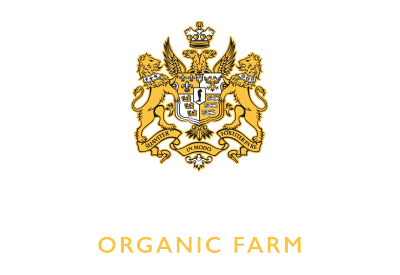

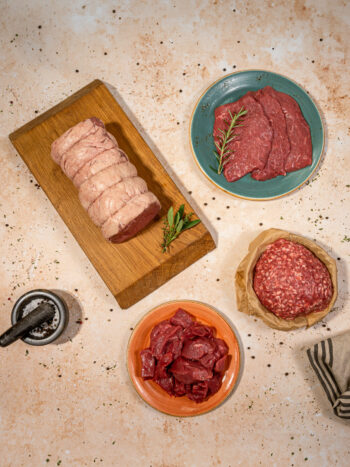
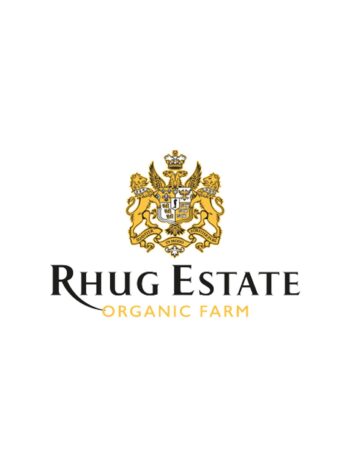
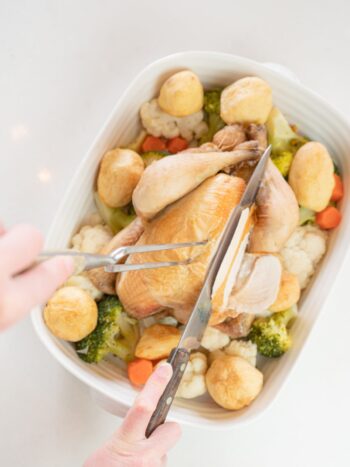
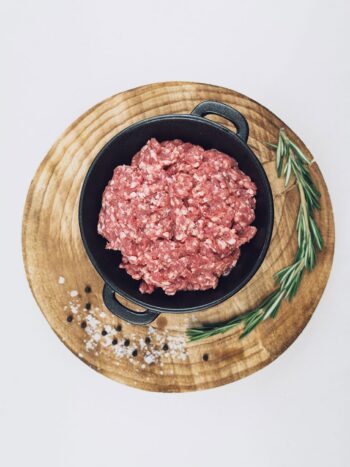
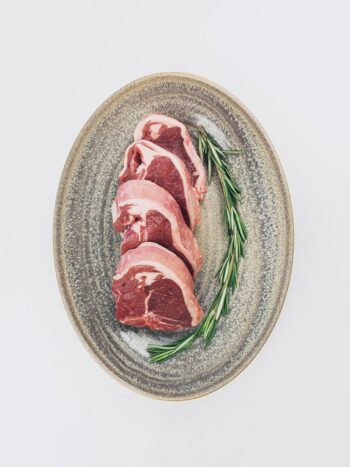
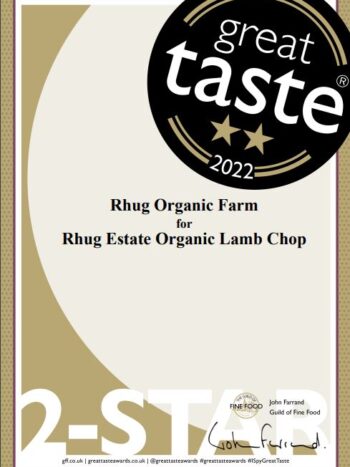
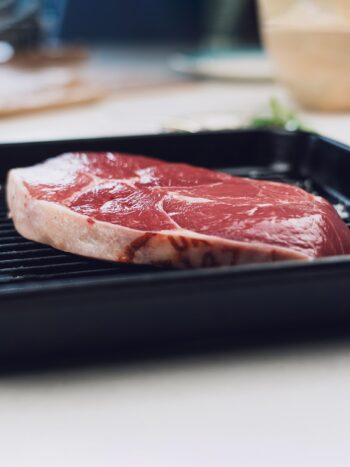
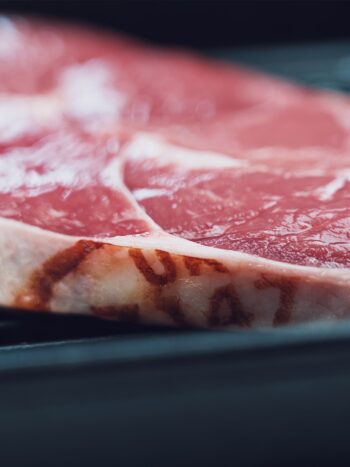
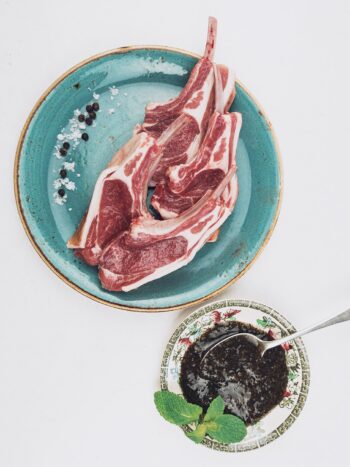
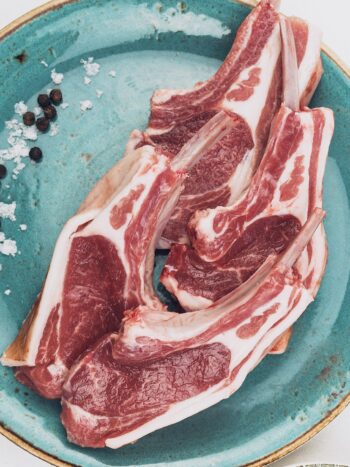
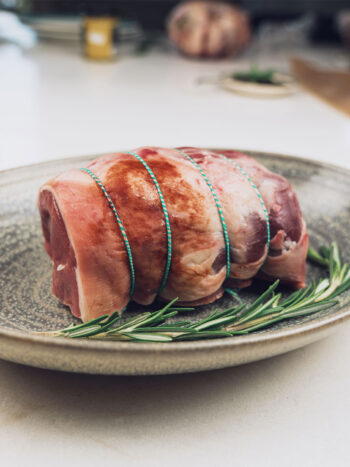
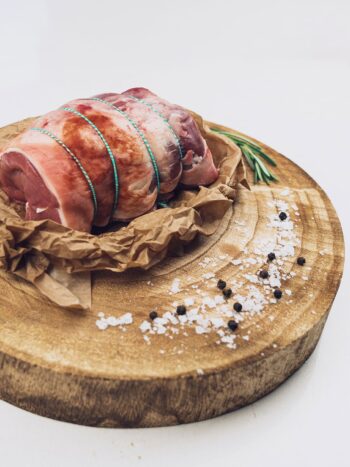
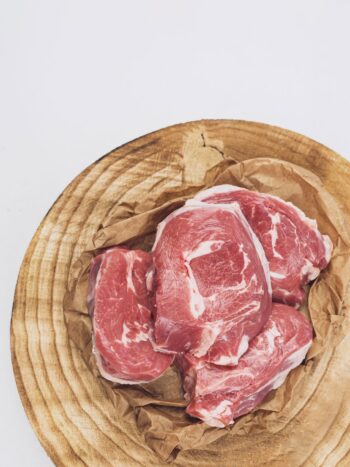
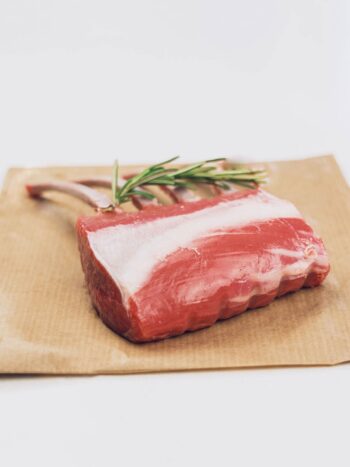
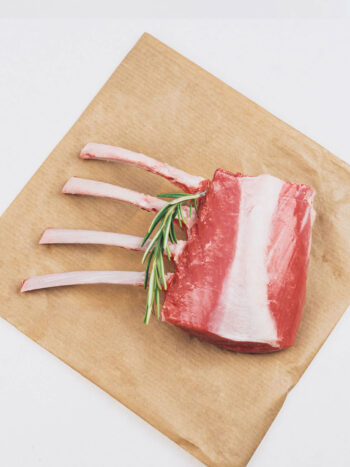
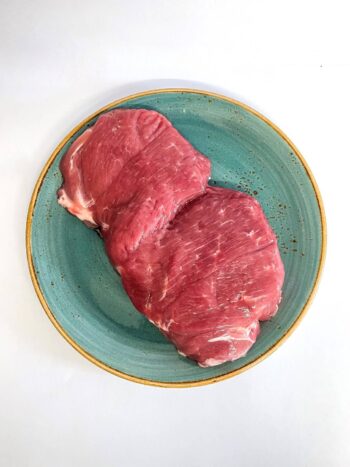
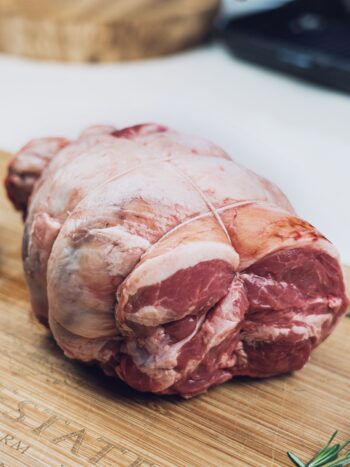



 Organic Beef
Organic Beef